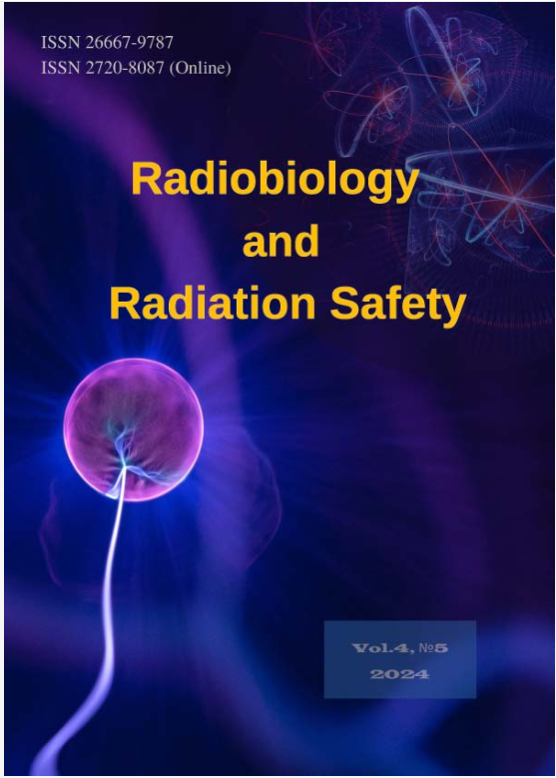GIGANTISM OF PHOTOSYNTHESIZING ORGANS IN DECIDUOUS AND CONIFEROUS TREE SPECIES UNDER CONDITIONS OF ELEVATED BACKGROUND OF IONIZING RADIATION
Keywords:
ionizing radiation, integral reactions, radiomorphoses, radiation chimerasAbstract
The research results on the effects of indirect action of ionizing radiation on tree species according to morphological parameters are presented. The phenomenon of gigantism in the needles of Pinus silvestris and Picea excelsa was observed at absorbed doses in the range of 2-10 Gy. In this case, the shoots carrying numerous large buds were distinguished by very large needles, the length of which was 1.5-2.5 times greater than the control values. The phenomenon of gigantism in the leaf apparatus, particularly in needles, served as a basis for considering the possible role of integral reactions to irradiation, which could be expressed in the radiation modification of physiologically normal correlative interactions between different parts and organs of the plant. The assumption that radiomorphoses in the form of giant leaf blades are caused by the reproductive death of cells of individual apical meristems, resulting in disrupted trophic interactions in the irradiated plant, is justified.



